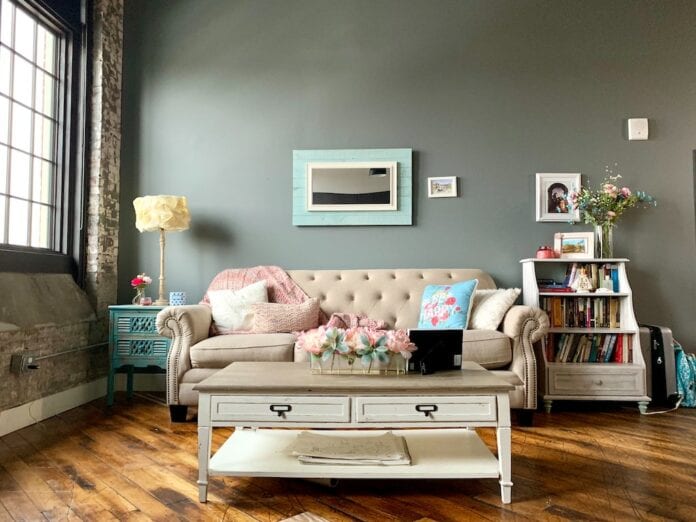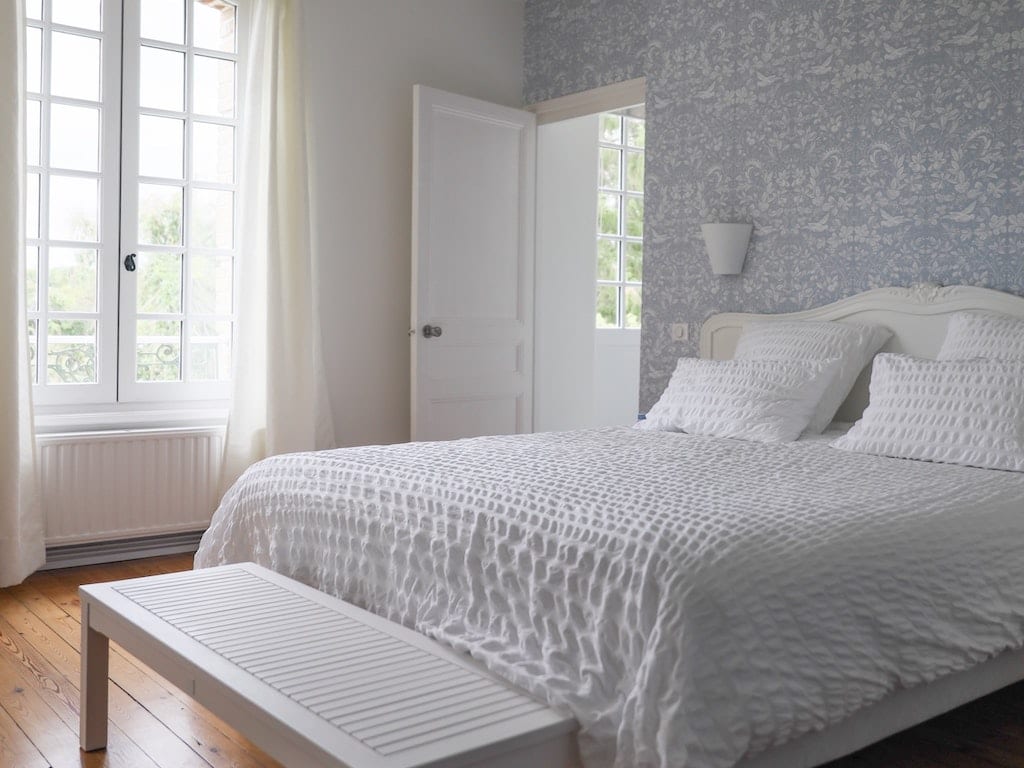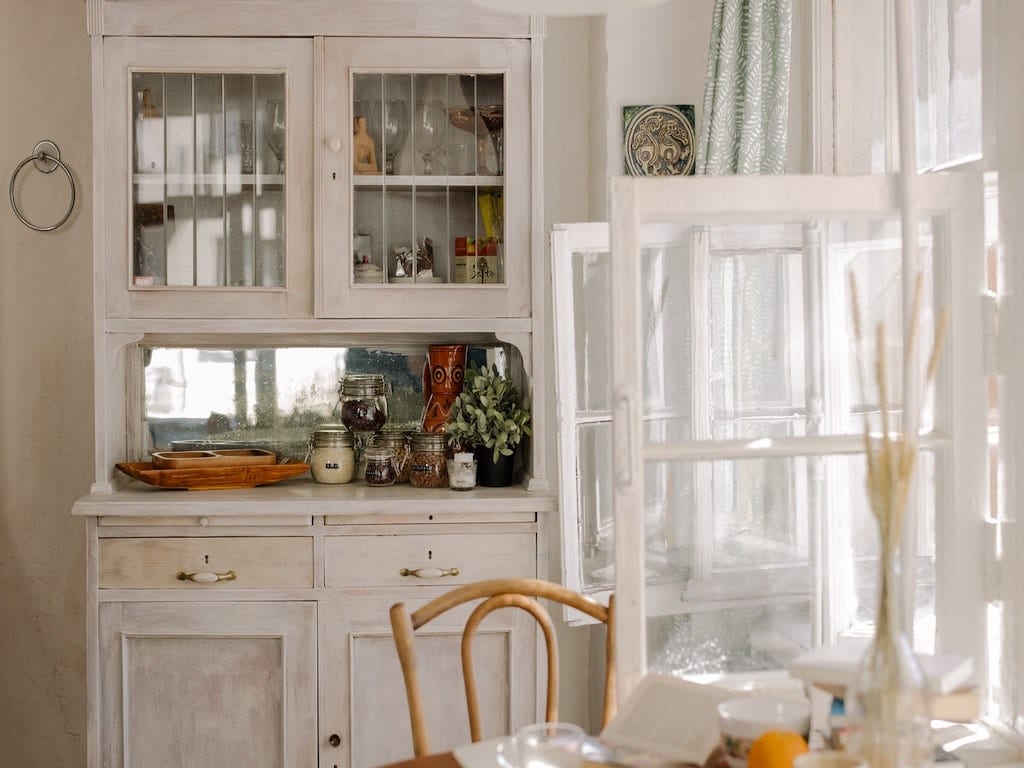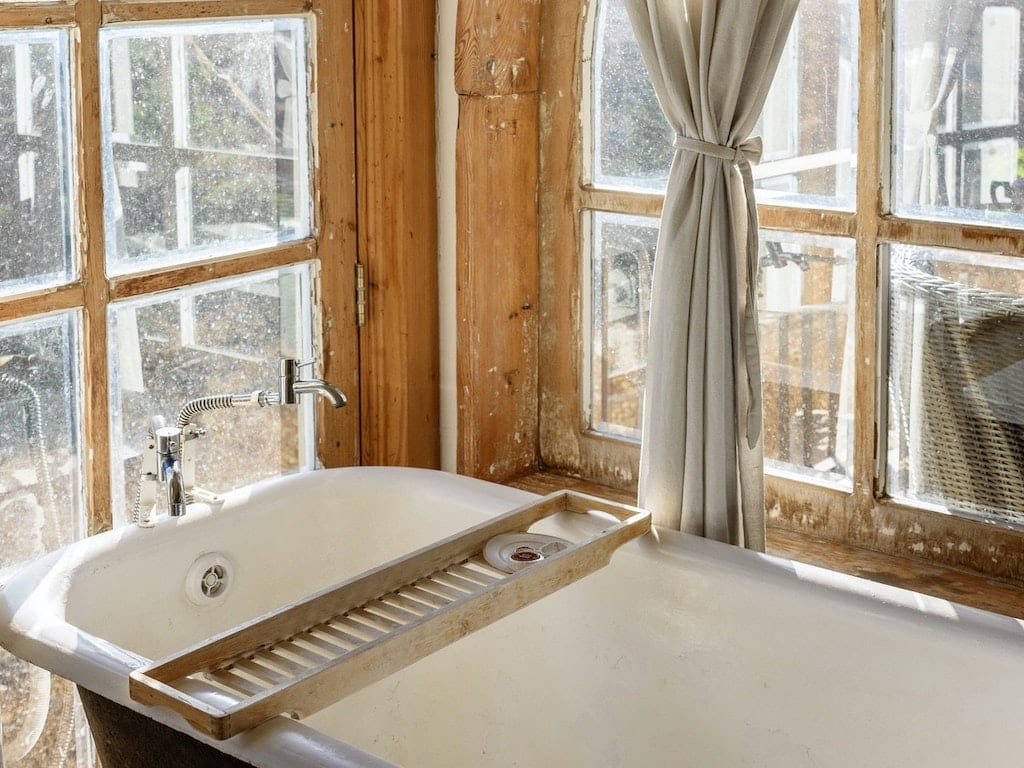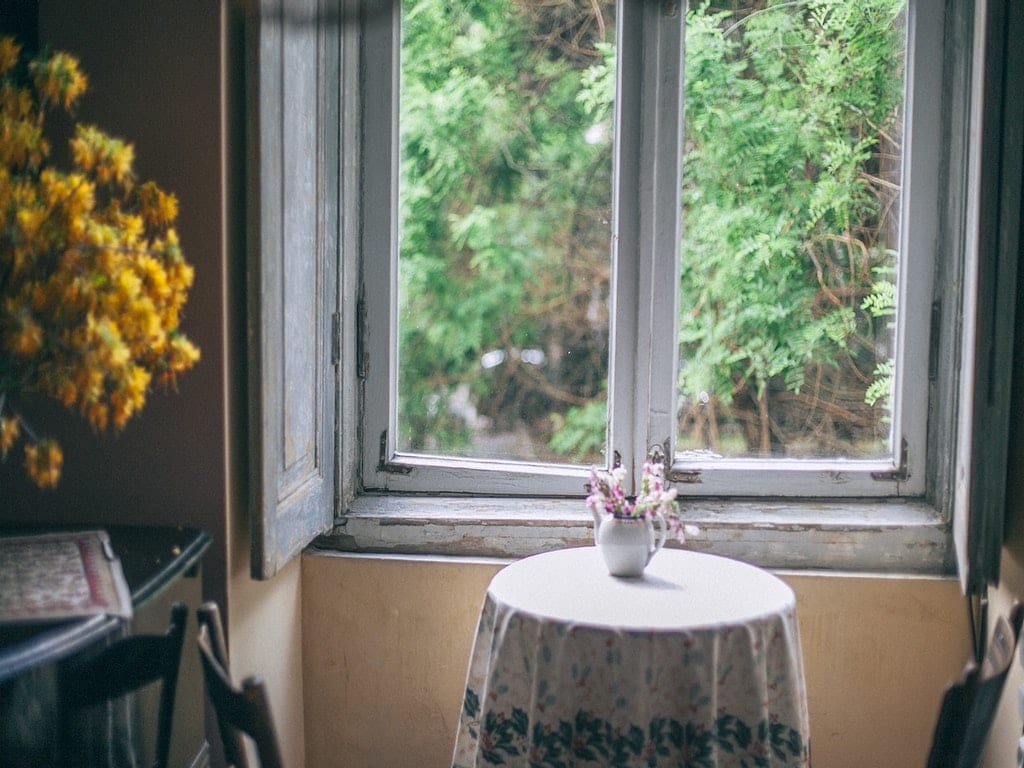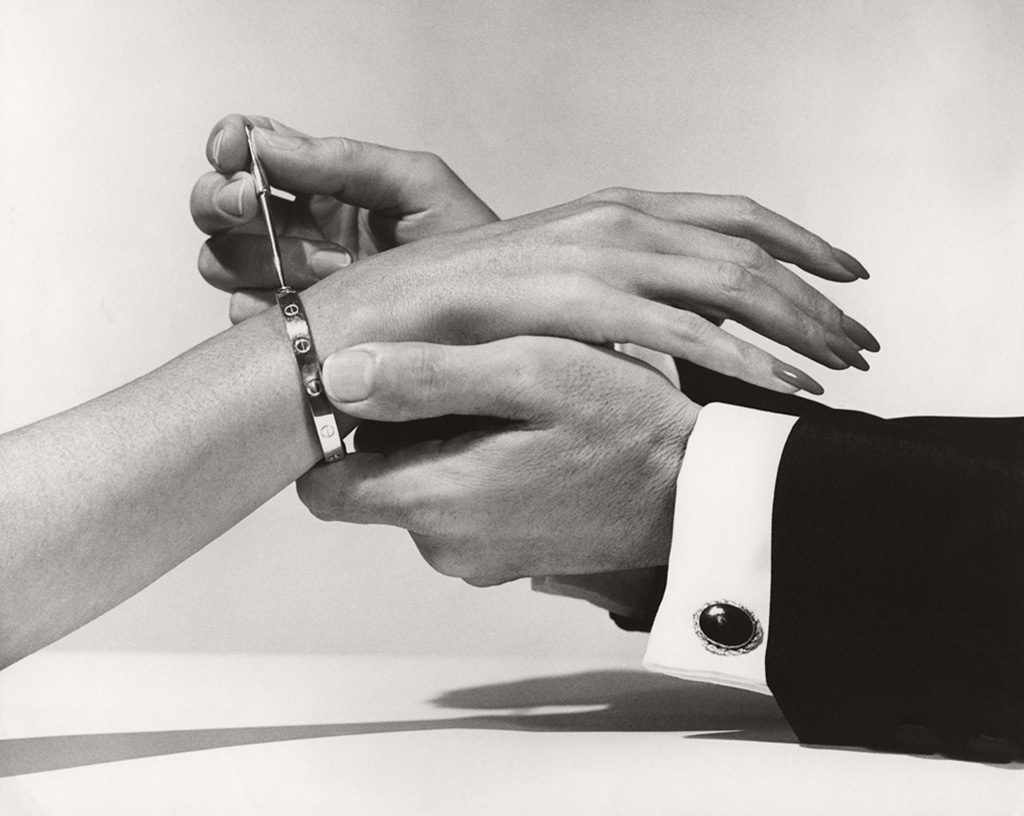With its pastel colours, Provence-esque floral prints and timeless atmosphere, shabby chic style is one of the most popular home décor styles of recent years. The elegant and highly romantic aesthetic evokes the warmth of homes set in the English countryside, while bringing the focus back to vintage, enhancing the beauty of imperfection. It is a very current trend that celebrates objects that have a story to tell.
Article summary
- Shabby chic origin and meaning
- The golden rules for a shabby chic home
- Pastel colours and natural materials of shabby chic style
- Imperfect furniture with a story to tell
- The romantic style that celebrates the beauty of imperfection
Elegant and romantic, the shabby chic style evokes the cosy atmosphere of cottages in the English countryside, distinguished by a timeless aesthetic that celebrates vintage and the beauty of imperfection.
Shabby chic origin and Meaning
This home décor trend originated in the 1980s and is still very much in vogue today, particularly given the trends of the last few years which have seen a great return to vintage, a growing interest in second-hand goods, the DIY ethos and techniques such asupcycling.
The term shabby chic appears for the first time in the pages of the British magazine The world of Interiors which chooses an evidently opposing combination of words to describe a style that can be translated as “neglected elegant”.
A definition that best captures the essence of shabby chic, a deliberately imperfect and only seemingly neglected aesthetic, an effect that is not taken for granted, the result of research and great attention to detail and quality.
A style in continuous evolution that is made up of different influences including Provencal taste, quality Swedish craftsmanship, but also the design of American Shakers. Influences that add distinctive elements to a style that will last over time.
The golden rules for a shabby chic home
The shabby chic aesthetic is suitable for all rooms in the home, from the romantic and relaxing bedroom to the kitchen and living room, decorated with botanical elements with a French flavour, defining welcoming, elegant and bright spaces. In a shabby chic home, pastel colours, floral prints and délabré-effect furniture are the stars, creating an extremely delicate atmosphere.
The golden rules of shabby chic guide the creation of environments with a homogeneous and coherent style, but without limiting the creativity of those who furnish the house, so as to leave room for unique results, perfectly in line with personal aesthetics.
Pastel colours and natural materials of shabby chic style
The colour palette is clear and bright, with white and neutral shades such as beige, greige, sand, dove grey and ivory as the main protagonists; these shades have been chosen in particular for walls, floors and furniture to create the perfect base for an elegant and bright home.
Accompanying these are carefully chosen pastel colours such as lilac, which looks to Provence, sage green and antique pink. Romantic and refined colours that give a dusty effect that reinforces the dreamy and vintage atmosphere of the rooms.
The slow pace of houses in the countryside suggests attention to quality and craftsmanship, but also a close bond with the surrounding nature. These values are echoed in shabby chic homes, which prefer natural materials such as oak and walnut wood, stone and traditional fibres, such as cotton, linen, hemp and jute. Wrought iron painted white is also frequently used for decorative or garden elements, while light-coloured wood is preferred for floors or, again, painted white.
Imperfect furniture elements with a story to tell
For the furnishings, the shapes are classic, soft and sinuous, with rococo-style lines for beds and seats. Strong and repeated are the references to traditional furniture elements, from the past or artfully aged with the délabré technique. The furniture, with its vintage taste, is worked with inlays and friezes and is accompanied, in the living room, by Louis XIV style chairs, while a large drop-shaped chandelier illuminates the room, together with candles and table and floor lamps.
In the kitchen there is a delightful cupboard with a glass display case showing hand-painted porcelain plates inherited from the grandmother or found at a market, as well as glasses and glass jugs.
If materials, colours and furnishings define the style of the spaces, the uniqueness and personality of the house are, on the other hand, determined by the decorative elements, carefully selected and never present in excessive numbers. Period vases filled with peonies or lavender, wooden frames, oval or rounded mirrors contribute to the soul of the house because they are objects from the past with a story to tell, purchased at flea markets, during trips, or precious family heirlooms
The romantic style that celebrates the beauty of imperfection
Shabby chic enhances the past, giving new life to objects commonly considered old, which are artfully restored, often with DIY interventions that restore their beauty and increase their value. It is a romantic style, not only because of the use of pastel colours, lace cushions and floral prints, but above all because it celebrates the beauty of imperfection and enhances the history of the objects that make up the home
Rooms decorated in this way, where you are greeted by phrases framed on the walls, like the mantra of the house, give you a feeling of well-being, warmth and security.
A style which, beyond aesthetics, is the bearer of reassuring values, exalts the creative recovery and durability of things from the past and which, for this reason, is winning over more and more enthusiasts in search of an atmosphere of yesteryear


